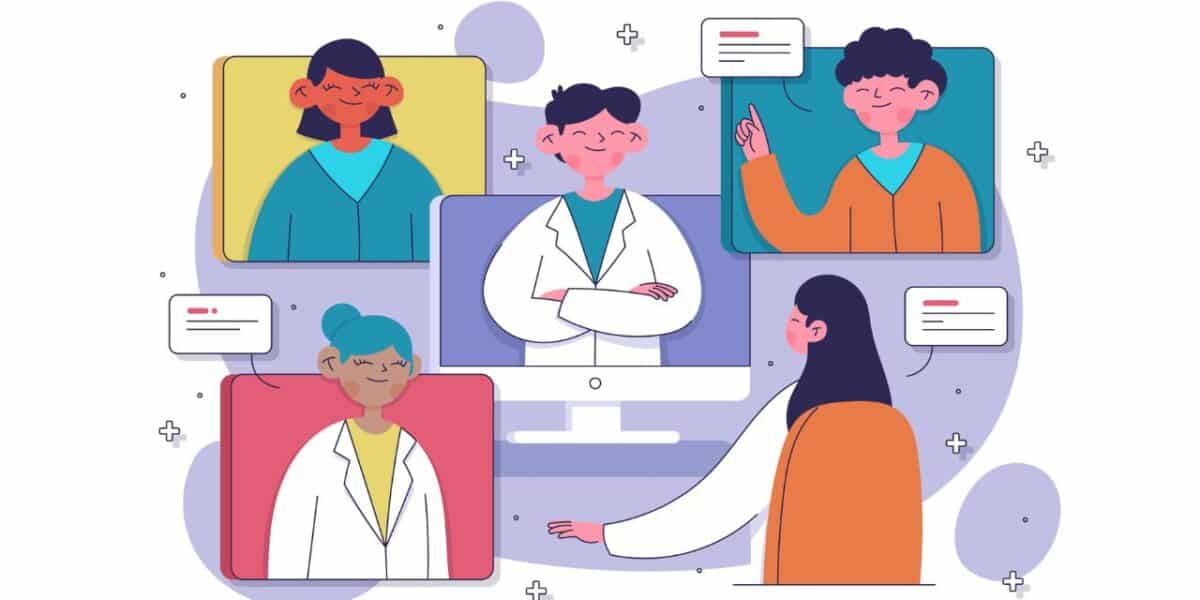By theEMPLOYEEapp Comments are Off
Did you know that 80% of the manufacturing workforce worldwide is made up of deskless employees? Though they often look cut off from the digital terrain, they are absolutely vital in operations. The lack of current communication technologies for these employees greatly affects their security, productivity, and degree of team connection. Deskless professionals find themselves caught up in antiquated techniques and
By theEMPLOYEEapp Comments are Off
Employee engagement goes beyond questionnaires and checkboxes and involves fully listening to your staff. When was the last time you felt truly heard? For employees, the response to this question will directly affect drive, output, and even retention. Your capacity to listen well is especially important in a constantly changing workplace where hybrid and remote configurations thrive. Effective employee listening
By theEMPLOYEEapp Comments are Off
How often does a single miscommunication cost you time, money, or morale? If you’re like 66% of business leaders, it’s probably happening more often than you’d like—at least once a day. Now, for a moment, think about the ripple effect of these gaps in communication, especially when your workforce includes deskless employees scattered across locations. Post-COVID business organizations are increasingly relying
By theEMPLOYEEapp Comments are Off
Communication plays a key role in several sectors, including healthcare and hospitals. Failure of internal communication processes in healthcare services can lead to severe patient harm and negatively impact the sustainability of healthcare organizations. Data also highlights that a staggering 80% of medical errors happen because of poor communication among hospitals and healthcare providers. Further, poor communication can result in
By theEMPLOYEEapp Comments are Off
Business organizations that use excellent communication methods generate 50% greater shareholder returns. Despite its importance, poor workplace communication continues to be a widespread concern for many firms. Disengaged employees, missed team deadlines, and information loss between departments can all have a negative impact on employee retention, productivity, and morale. Poor communication in the workplace can exacerbate these issues, leading to
By theEMPLOYEEapp Comments are Off Addressing communication difficulties in the workplace, Effective solutions for communication issues at work, How to improve communication in the workplace, Impact of poor communication in the workplace, Overcoming communication challenges in the workplace
Most businesses assume that poor communication is just another minor inconvenience—until it starts affecting the business financially. Problems in communication can impact the workplace through misunderstandings, resentment, missed deadlines, constant reworks, and dissatisfied clients. These can drain your business’s resources, including time, funds, and talent. The statistics show this: Over two-thirds of the surveyed workforce regarded wasted time as an






